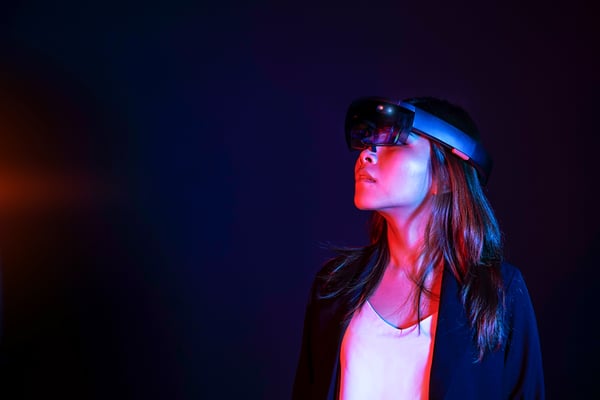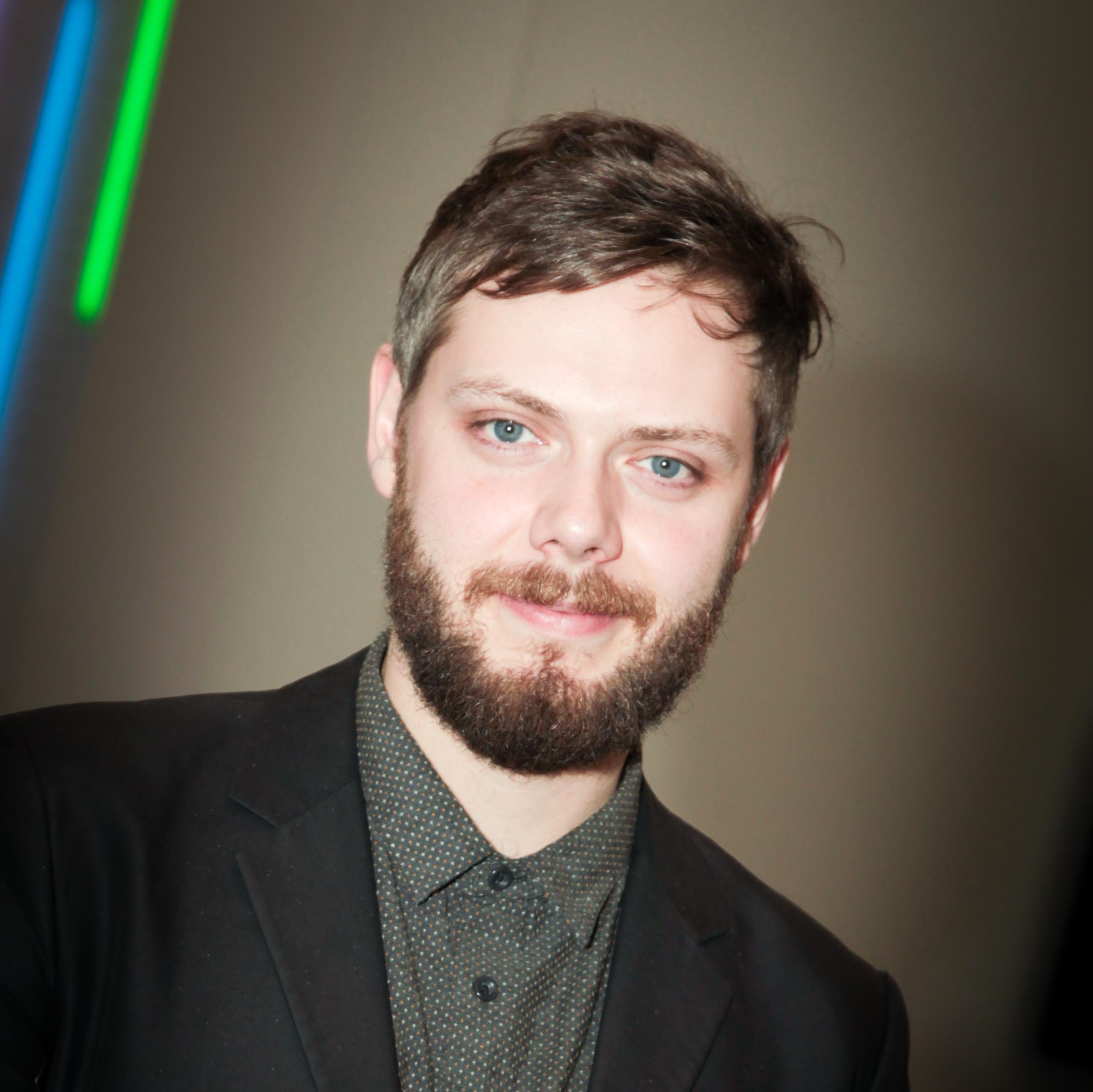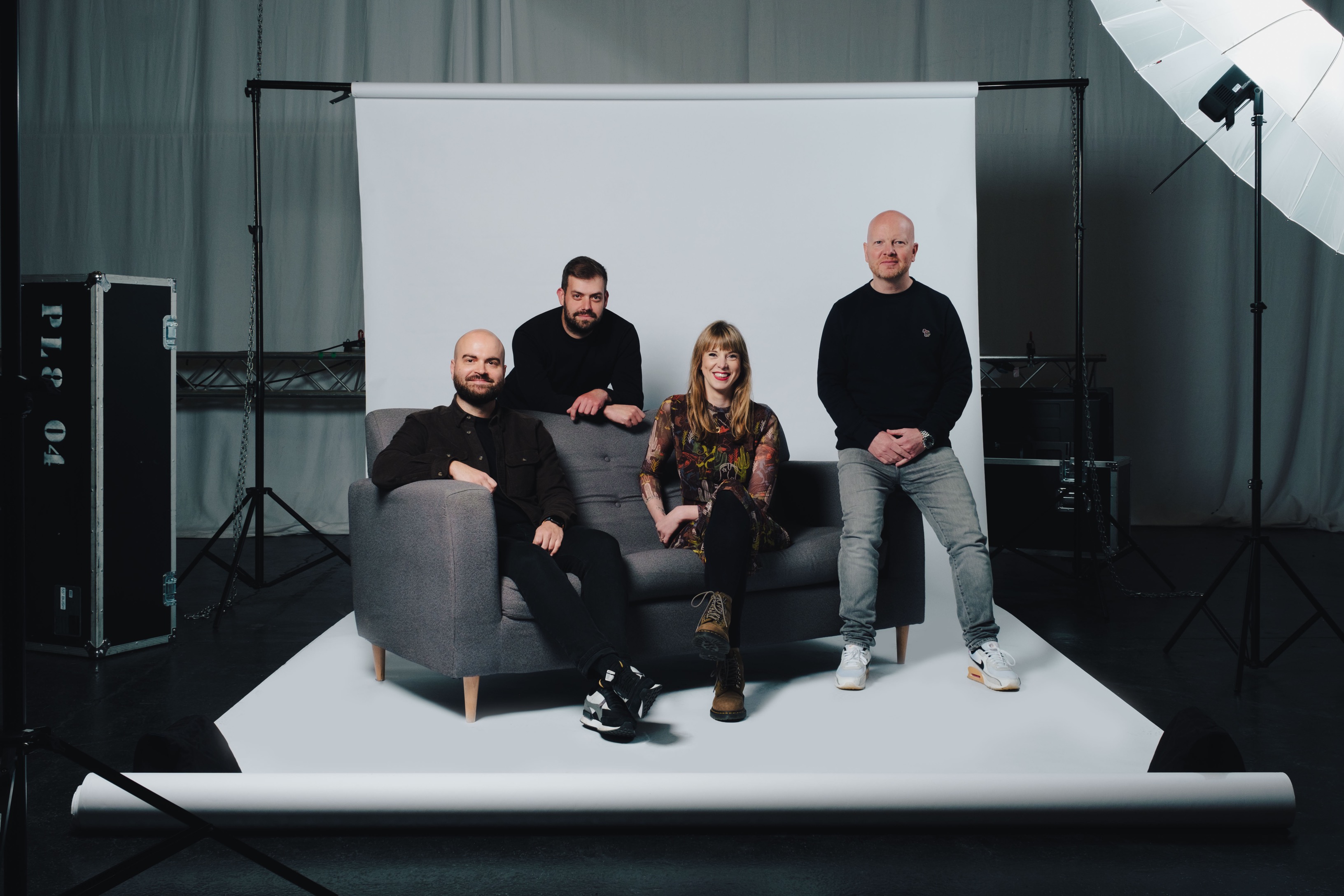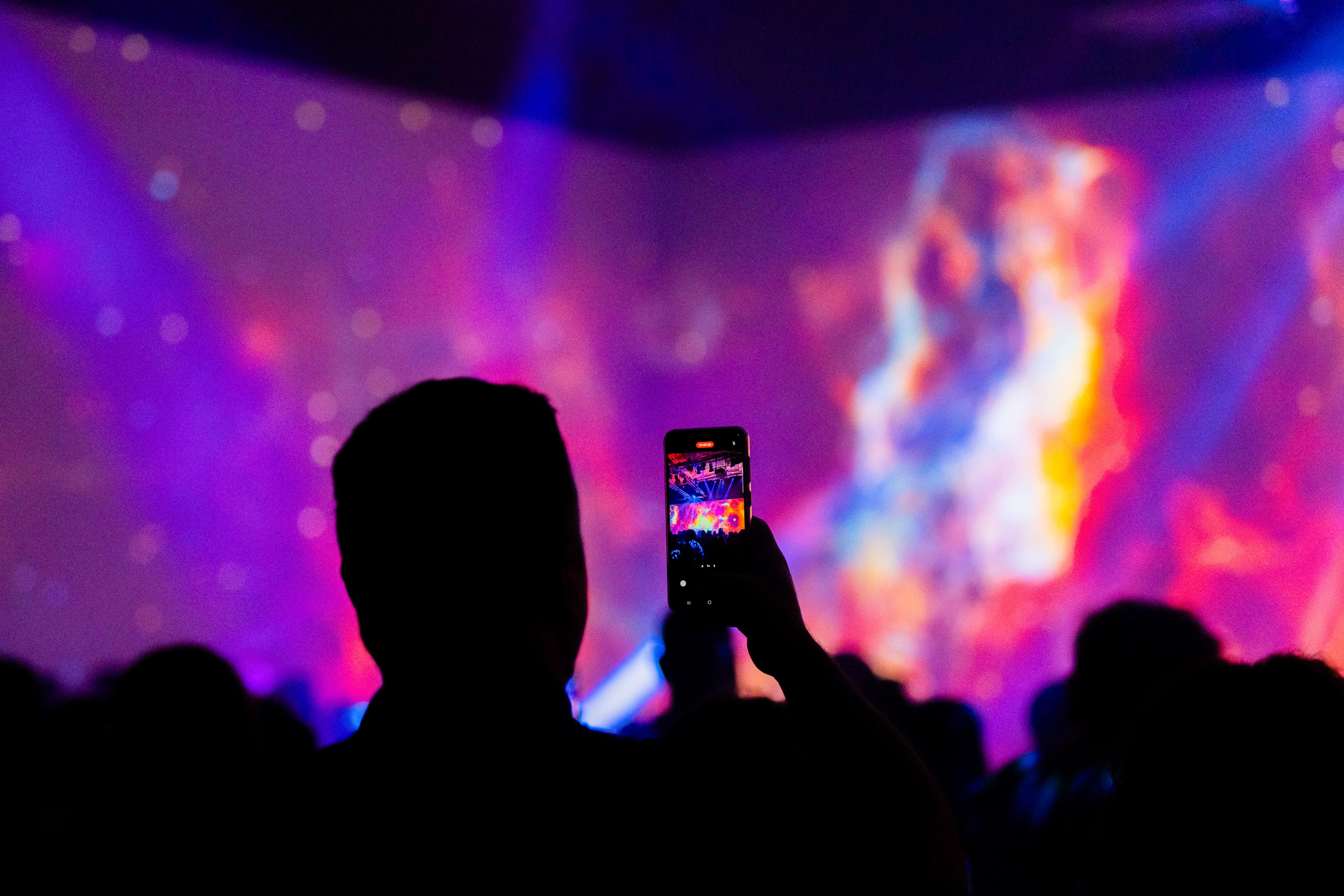Like no other year I can remember, looking forward to the next and putting this one behind us has never felt more important. With the trials of the year, a completely unpredictable communications landscape for most of it and an upending of both internal and external communication practices, it is important to not just look at traditional trends and technologies that may govern approaches in 2021, but also to consider the way it has impacted audience expectation.
As part of our research programme at DRPG, we produced a Whitepaper on Trust in Communications. Prior to the pandemic and subsequent restrictions, it aimed to benchmark audience perception of believability in communications. We had known for some time that institutional trust was in rapid decline as indicated by Edleman, but we wanted to see how communicators and comms recipients felt about what they were seeing and hearing. We gathered a number of results pre-pandemic before restrictions hit and subsequently, we had to cease the process as our results would have been skewed. We redoubled our efforts and redeployed a survey with which we could contrast our pre-pandemic results. In every metric that mattered, the response by communication to the pandemic had increased audience trust in our comms.
This set the benchmark for understanding audience expectations in 2021. Firstly, our audience indicated that the technology deployed by organisations outstripped expectations. Collaborative working tools and virtual/ broadcast solutions were vital. We have conducted ongoing research that has shown that 74% of virtual event or broadcast attendees expect this tech to be available alongside live interactions indefinitely. Any communicators that think we can revert to old models of working need to be prepared to shift their comms strategy towards a hybrid approach.
Our audience also indicated universally that communications are more honest. All news is shared, not just good news. This has been paramount to increasing trust. In 2021 communicators must not allow a reversion to biased or rose-tinted comms. We can’t be censored by leaders or team-members concerned about reaction. Audiences have had a taste of candour and they will not give it up.
The impressive increase in trust garnered by tech deployment at breakneck speed has also put some old myths about communications tech to bed. In 2021, when new platforms and experiences are honed by those willing to invest, our IT and procurement teams will not have the same excuses on which to fall back on, as in previous years. For many people, digital transformation that had been needed for years happened in weeks. As this is the case, we must keep a keen eye on the new communications opportunities created by the continued march of technology. We’re not far away from the launch of Facebook Horizon, an entirely virtual world that requires nothing more than a Facebook account to access and is bound to be near to, if not best, in class. Unreal Engine gaming tech has been deployed to great effect to create virtual communication worlds, but projects like the Shanghai digital twin, an entire virtual replica of this vast metropolis, show where virtual environments are headed. Mixed reality solutions like HoloLens Holoportation have been demonstrated to put mixed reality projections of people into moving vehicles in real time. All this tech is going to be vital for long-term integration into communication approaches to ensure we stay relevant.

We must, of course, aim to stay relevant, with Millennial and Gen Z audiences as they make their way into consumer and employee spaces. I’m not too interested in clichéd attributes ascribed to each group, but I’m interested in their expectations around technical competency for communicators. These audiences use YouTube as a search engine more frequently than Google, are content creators on Instagram and TikTok, and have driven game streaming platform Twitch from 900 million to 1.8 billion hours of streamed content over lockdown. These audiences are being trained on more sophisticated platforms than most of us have available in the industry, and they will interrogate our approaches. We will see 2021 become a battleground for the best talent. It is communications that holds the key to unlocking business potential by attracting, engaging and retaining the best people. I see 2021 as a more exciting environment with boundless opportunity rather than another challenging year. If anything good has come out of 2020, it’s our ability to rip up the rulebook and realise we can swiftly adapt and connect with audiences better than ever before.











